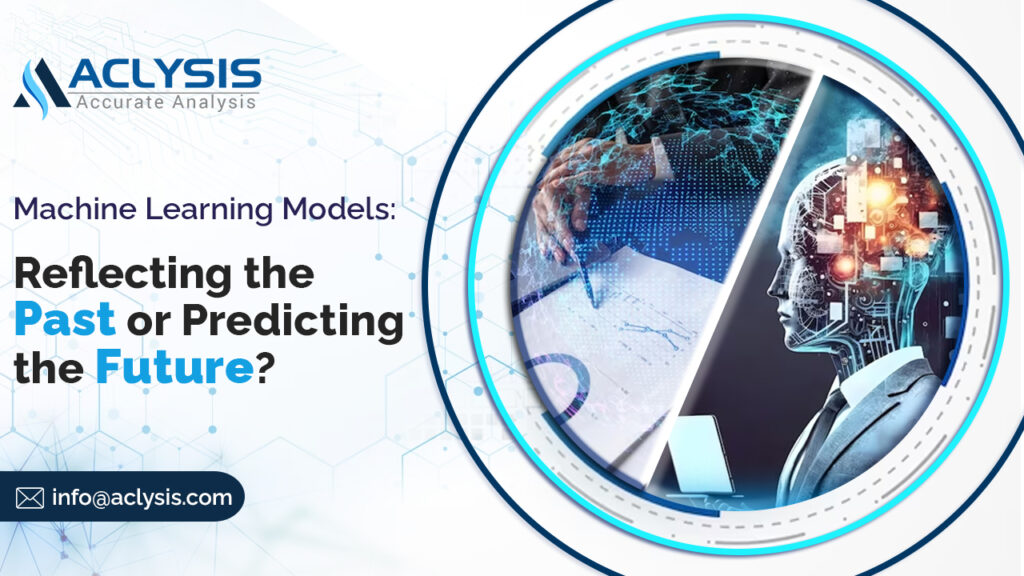
Introduction:
Machine learning has transformed data analysis and prediction, but there is often confusion surrounding the ability of machine learning models to accurately predict the future. It is important to understand that these models are based on historical data and patterns, making them more reflective of the past rather than capable of accurately predicting the future. Recognizing this distinction is crucial in effectively utilizing artificial intelligence (AI) and addressing the challenges it presents.
1. Historical Data as the Foundation:
Machine learning models are trained using historical data to identify patterns, relationships, and trends. By analyzing past data, these models establish correlations and make predictions based on those patterns. The accuracy of these predictions relies heavily on the quality and relevance of the training data.
2. Limitations of Extrapolation:
Machine learning models face the challenge of extrapolation when attempting to predict the future. Extrapolation involves extending patterns or trends observed in the past into the future. While this approach can yield reasonable predictions in some cases, it is not foolproof.
a) Changing Circumstances: Future events and circumstances may significantly deviate from what has occurred in the past. Socioeconomic changes, technological advancements, or unforeseen events can disrupt the patterns observed in historical data, rendering predictions less accurate.
b) Complex Systems: Many real-world phenomena are governed by complex systems with intricate dependencies and feedback loops. These systems are highly sensitive to small changes, making it challenging to accurately predict their behavior over time.

3. Adaptation and Continuous Learning:
To overcome the limitations of relying solely on past data, machine learning models need to be adaptable and capable of continuous learning. This involves incorporating new data and updating the model to capture emerging patterns and trends.
a) Online Learning: Online learning techniques enable models to learn from streaming data in real-time. By adapting and adjusting predictions as new information becomes available, models can reflect the present and potentially make near-future predictions.
b) Transfer Learning: Transfer learning leverages knowledge acquired from one domain to improve performance in another domain. By transferring relevant information from similar contexts, machine learning models can enhance their predictive capabilities beyond historical data.
4. Mitigating Bias and Ethical Considerations:
Relying on historical data also introduces the risk of bias. If the training data reflects historical inequalities or biases, the machine learning model may perpetuate these biases in its predictions. Addressing bias and integrating ethical considerations into the development and deployment of machine learning models are vital for responsible AI usage.
Conclusion:
Machine learning models are powerful tools for analyzing historical data and identifying patterns. However, their ability to predict the future is limited. These models are inherently retrospective, reflecting the past rather than accurately forecasting the future. Nevertheless, by embracing adaptive learning techniques, incorporating new data, and considering emerging trends, we can improve the model’s ability to reflect the present and make more informed predictions. Understanding the limitations of machine learning models and complementing them with human expertise is crucial for making sound decisions. Ultimately, the future of AI lies in our ability to leverage historical data while remaining open to new insights and adapting to a rapidly evolving world.
